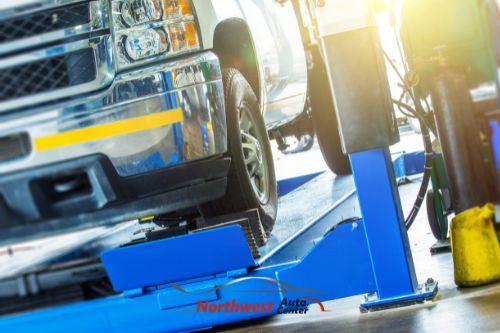
If you’ve been having to fight the pull of your steering wheel while making your daily commute to work, it may be time to head in for an alignment. When a vehicle is out of alignment, drivers may notice that it begins to drift to one side or another — making for unsafe handling on the road.
The question is, do you need a front-end or a 4-wheel alignment and what are the differences in wheel alignment?
The type of alignment your vehicle requires depends on whether your car or truck has front-wheel or all-wheel drive. After proper alignment has been achieved, you’ll have a smoother ride that may even save you money at the gas pump.
Front-End Vs. 4-Wheel Alignment and Differences in Wheel Alignment
The difference between front-end and 4-wheel alignment comes down to how many tires are being aligned. When a technician aligns all four wheels, it’s commonly referred to as a wheel alignment or a 4-wheel alignment. If only two wheels are needing to be aligned, it’s simply called a front-end alignment or a two-wheel alignment.
If your vehicle has all-wheel drive, then it’s likely that you’ll be going in for a 4-wheel alignment. On a vehicle with front-wheel drive, it’s common for drivers to only need a front-end alignment.
From there, your technician will make the determination of what type of adjustment your wheels require: toe, camber, or caster.
The purpose of an alignment is to ensure that a vehicle’s tires are making even contact with the road, which will lead to them wearing down uniformly. Making wheel alignments part of your regular car maintenance schedule can prolong the overall life of your tires.
Why Is Wheel Alignment Important?
Following the recommended schedule for wheel alignment on your vehicle can reduce many tire and suspension issues in the long run, no matter the differences in wheel alignment. When your tires are aligned properly, your steering and suspension system is able to control them more efficiently — which keeps you and those around you safer on the road.
When your tires are out of alignment, your vehicle has to work harder. This can lead to increased fuel costs, severe wear to your tires, and possible vibrations or amplified road noise inside the car.
Wheel alignments, whether front-end or 4-wheel, can make for a more comfortable experience when driving and are a key part of properly maintaining your vehicle. After all, nobody wants to pay to replace tires well ahead of their projected lifespan.
How To Know When Your Vehicle Needs An Alignment
If you’re driving down the road and you feel your vehicle begin to veer or pull to one side or another, you’ll want to head over to your mechanic to have your vehicle checked out. There, the professionals will decide whether you need a front-end or 4-wheel alignment to get your vehicle back on the road.
** Side Note ** Another cause of a pulling condition from one side or the other, is a slipped belt in one or more of your tires. A slipped belt can mimic the need for alignment, (can cause a pull from one side or the other), so always ask the shop to check your tires for a slipped belt before performing an alignment.
The general recommendation for a front-end alignment is every 50,000 miles. However, if you are noticing any pulling or drifting — you may need to go in for one sooner. If you’re prone to hitting curbs or often have to drive down ill-maintained roads, it’s more likely that your vehicle will fall out of alignment sooner rather than later.
Other incidents that can necessitate an early alignment include: running over a pothole, speeding over a speed bump, or any type of accident (including low impact fender benders).
Letting your vehicle go for too long out of alignment can cause you a headache down the road in the form of prematurely worn down tires and difficulty handling your steering system.
Do You Feel Your Car Drifting and Pulling? Let Us Help You Out!
Our trusted technicians at Northwest Auto Center can determine whether you require a front-wheel or a 4-wheel alignment and will be happy to walk you through the process. Remember, a wheel alignment can save you money on tires and costly suspension repairs later on!

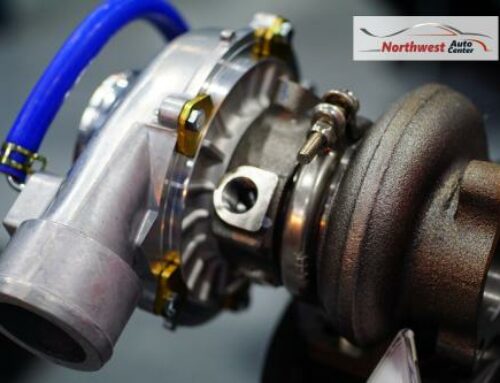
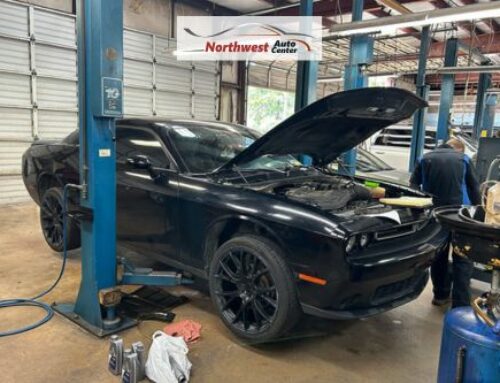
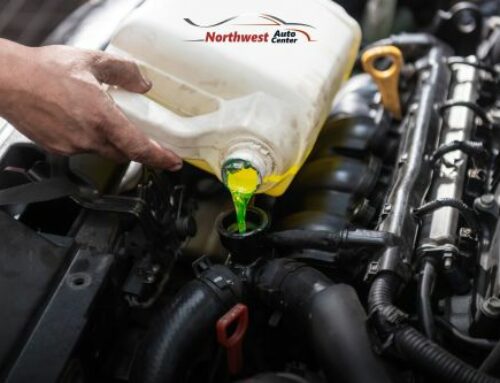
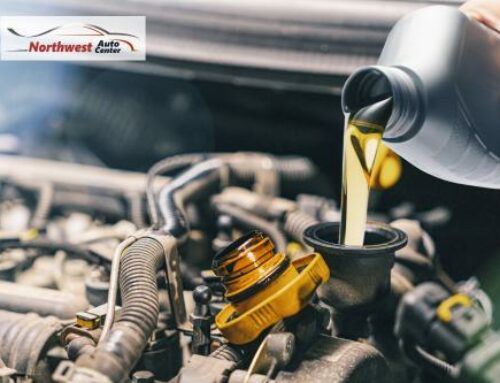
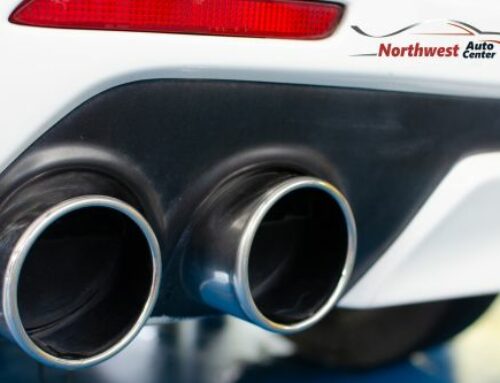
Leave A Comment
You must be logged in to post a comment.